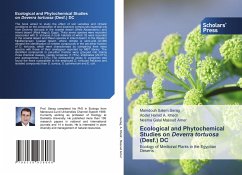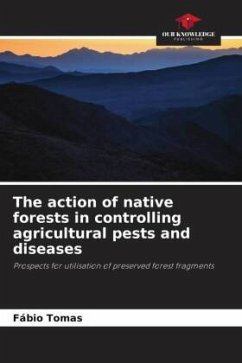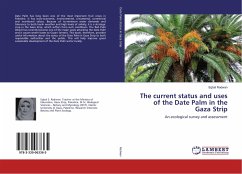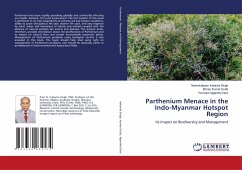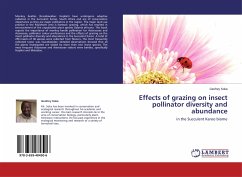
Bottle Gourd and it's Insect Pests
Versandkostenfrei!
Versandfertig in 6-10 Tagen
30,99 €
inkl. MwSt.

PAYBACK Punkte
15 °P sammeln!
Present day has witnessed to the development of a new interdisciplinary subject. Chemical Ecology or Phytochemical Ecology, which is concerned with the biochemistry of plant & animal interactions. The development of' the plant-insect interaction increasingly successful due to identifications of organic molecules, particularly secondary biochemicals such as alkaloids, steroids, phenols & terpenoids, etc. A further stimulation has been the possible applications of such new information in the control of insect pest. Phenomenon of host plant specialization requires that an insect must be able to s...
Present day has witnessed to the development of a new interdisciplinary subject. Chemical Ecology or Phytochemical Ecology, which is concerned with the biochemistry of plant & animal interactions. The development of' the plant-insect interaction increasingly successful due to identifications of organic molecules, particularly secondary biochemicals such as alkaloids, steroids, phenols & terpenoids, etc. A further stimulation has been the possible applications of such new information in the control of insect pest. Phenomenon of host plant specialization requires that an insect must be able to search for and recognize its specific host by certain volatile organic compounds. Some secondary compounds also serve as feeding stimulant to insect. Ovipositing females with the help of certain secondary compounds from plant leaf recognize oviposition place. Just like any other plant, Lagenaria siceraria (bottle gourd) have a few pests that can hinder their growth (e.g., Diubrotica undecimpunctata, Anasa tristis, Melittia satyriniformis, Lasioderma serricorne, Cucurbitu maxima, Epiluchnu duodecastigina, Sphenarches caller, etc.).




